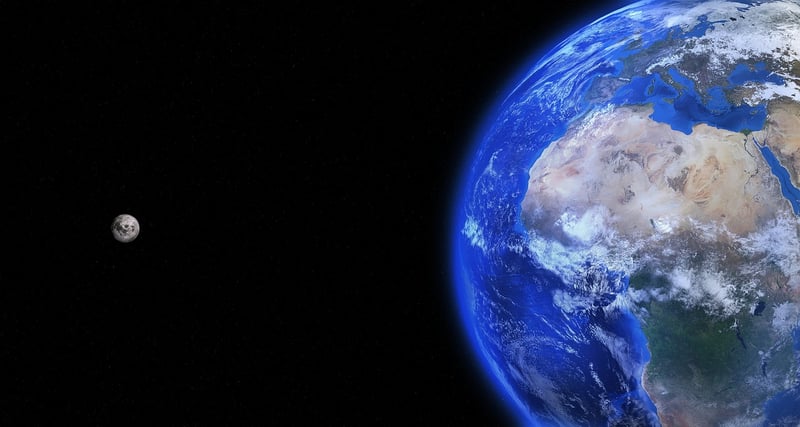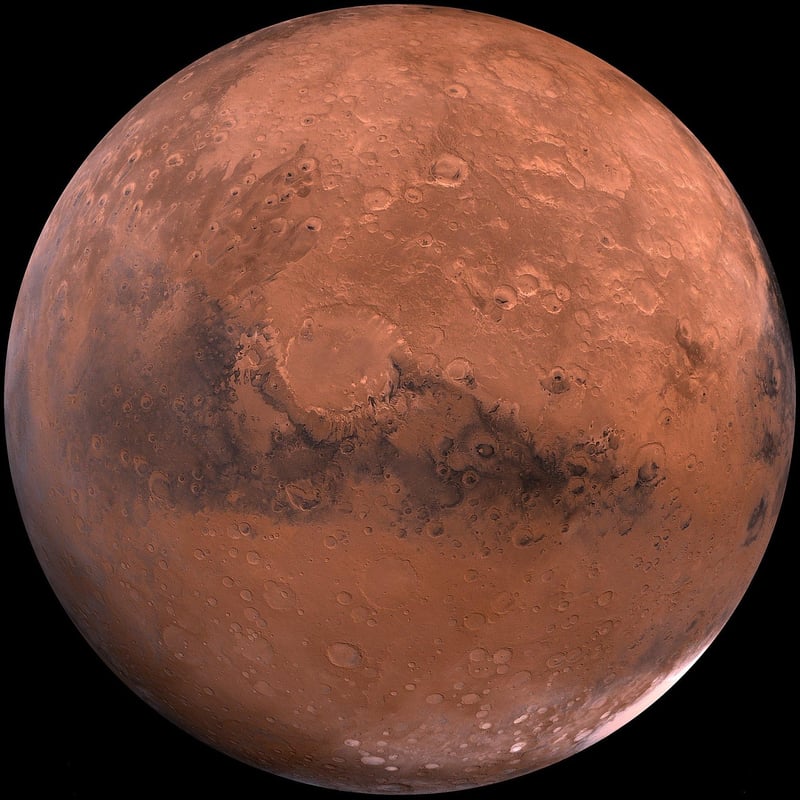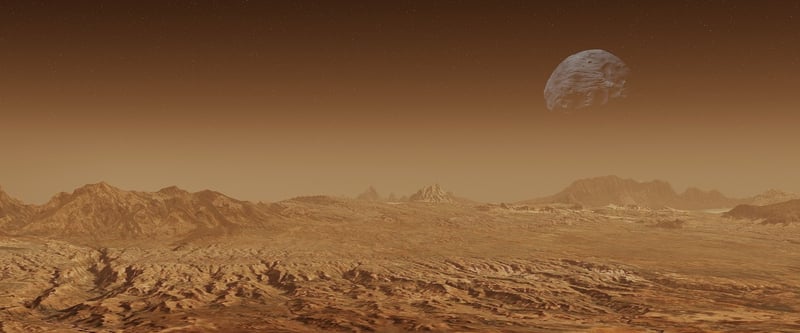Martian Terrain Analysis
Geological Exploration Beyond Earth: Martian Terrain Analysis
Exploring the geology of other planets opens up a world of discovery and understanding that goes beyond Earth. Among the planets in our solar system, Mars has been a focal point for geological exploration due to its similarities to Earth and the potential for past or present life. Let's dive into the Martian terrain and what it reveals about the planet's geological history.
The Martian Landscape
Mars, often referred to as the "Red Planet," boasts a diverse landscape that includes vast plains, towering volcanoes, deep valleys, and polar ice caps. The surface of Mars is marked by impact craters, evidence of past volcanic activity, and ancient river valleys, indicating a dynamic geological past.

Geological Features of Mars
One of the most prominent geological features on Mars is Olympus Mons, the largest volcano in the solar system. This shield volcano rises nearly 13.6 miles (22 kilometers) above the Martian surface, making it three times taller than Mount Everest.
Valles Marineris, a system of canyons stretching over 2,500 miles (4,000 kilometers) long and reaching depths of up to 7 miles (11 kilometers), is another striking geological feature on Mars. This canyon system dwarfs the Grand Canyon on Earth and points to significant tectonic and erosional processes in Mars' history.
Martian Terrain Analysis
Through remote sensing and robotic missions, scientists have been able to conduct detailed terrain analysis of Mars. High-resolution images captured by orbiters and rovers have provided valuable insights into the planet's geology, mineralogy, and surface composition.
By studying the mineral composition of Martian rocks and soil, researchers can infer past environmental conditions and geological processes that have shaped the planet. The presence of minerals like hematite and clay minerals suggests the past existence of liquid water on Mars, indicating a potentially habitable environment in the planet's history.

Conclusion
Geological exploration of Mars offers a window into the planet's past and provides valuable insights into its geological evolution. By analyzing the Martian terrain, scientists can unravel the planet's history, understand its potential for hosting life, and pave the way for future human exploration of the Red Planet.
Join us in the quest to unlock the mysteries of Martian geology and delve into the wonders of planetary exploration beyond Earth!
